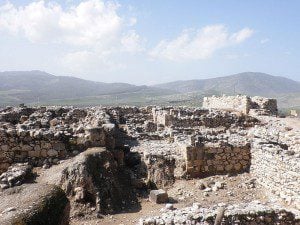
(Click to enlarge.)
I received the following — which is quite relevant to the continuing . . . um, conversation between Dr. Phillip Jenkins, who is attacking the Book of Mormon, and Dr. William Hamblin, who is representing Truth and Goodness — in two separate emails from Stephen Smoot. Brother Smoot plainly “gets it” where several loud observers of the exchange plainly don’t:
A note on the limits of archaeology from a filthy post-modernist Mormon apologist . . . or a conservative Roman Catholic priest:
Archaeology does not, and cannot, claim to know all about the places it excavates, or the people who lived there. The nature of the finds–––scattered, broken, and accidentally preserved by the fortunes of time and weather, or the oversight of ancient and modern plunderers–––requires scholars to interpret them as pieces in a large jigsaw puzzle, of which most of the missing pieces are lost for good. Through careful detective work, by suggesting models and testing them against the evidence, much can be suggested about the shape of ancient life. Writings in particular allow us to look in on the thoughts of the peoples whose charred and buried cities have been found. But in no case do we have the full story. Evidence from one ancient site often seems to contradict information gleaned from another. The task of dating objects of stone or clay, even written tablets, is tricky and as much an art as a science.
Also, this:
For our primary knowledge of what the Old Testament says, we are thrown back upon the text itself.










